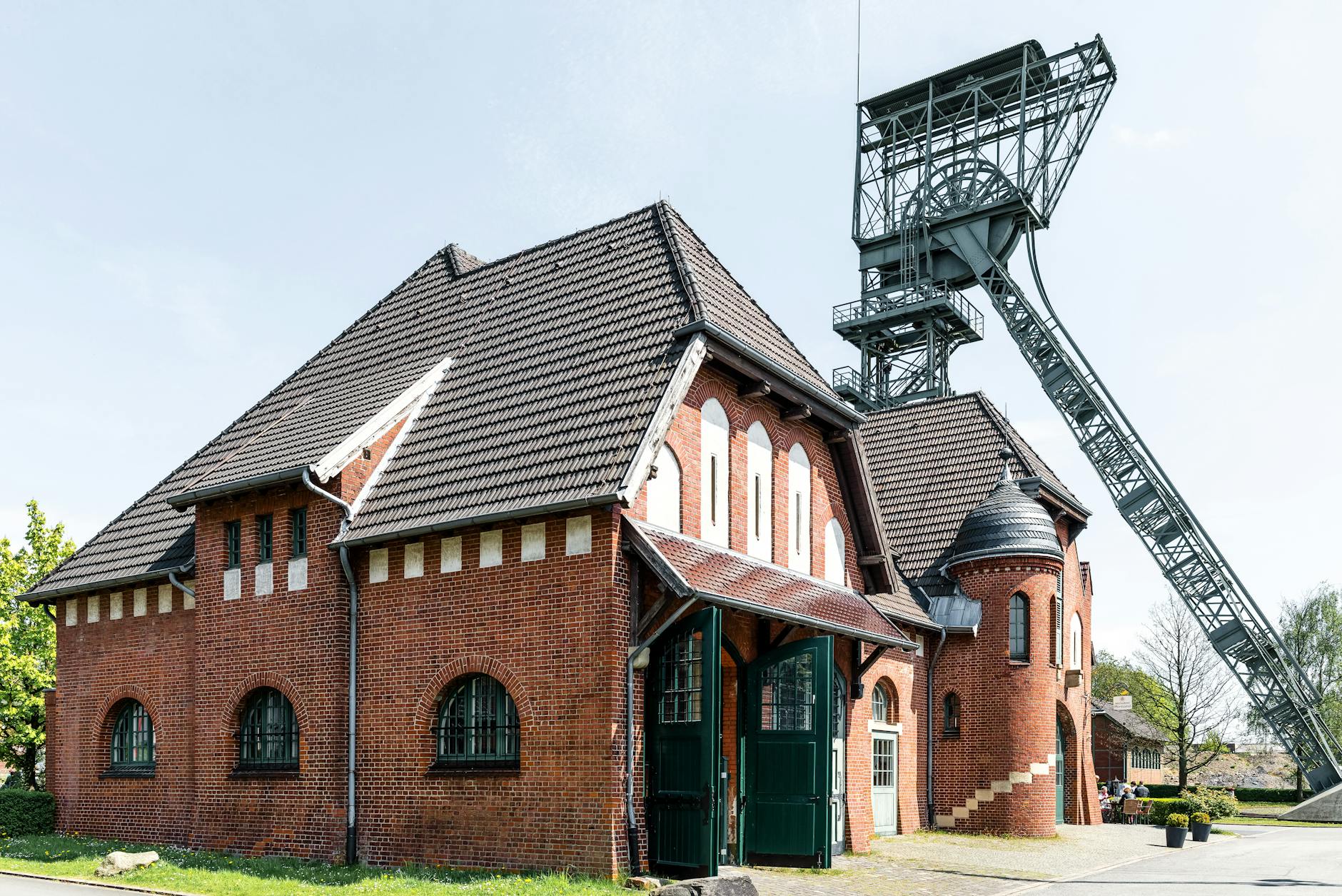Echoes of the Past: Former Miners Picket Museum Over Pay Dispute
Veteran union leader joins striking museum staff in a familiar fight
The picket line, a symbol of industrial struggle for generations, has reappeared outside the National Coal Mining Museum in Wakefield. This time, however, the protestors are not fighting for the survival of active mines, but for what they deem fair pay for staff at a heritage institution. Significantly, joining the museum workers on the line was Arthur Scargill, the former leader of the National Union of Mineworkers (NUM), who famously led the miners through the bitter 1984-85 strike.
A New Chapter in an Old Story
The current industrial action, which commenced earlier this week and is slated to continue until mid-September, involves museum staff who are engaged in a dispute over their remuneration. Many of these employees are themselves former coal miners, bringing a unique resonance to their current protest. Scargill, now 87 years old, was observed standing with the striking workers, remarking, “Who’d have thought we’d be doing this again?” His presence underscores the deep connection between the museum’s mission and the history of mining in Britain.
The National Coal Mining Museum: Heritage and Employment
The National Coal Mining Museum for England, located at Caphouse Colliery, aims to preserve and interpret the history of coal mining in Britain. It is a registered charity and a popular heritage site, drawing visitors interested in the industry’s past. The museum relies on its staff, many of whom possess direct experience and knowledge of mining, to maintain its operations and educational programs. The dispute centres on the terms of employment and pay for these dedicated individuals, many of whom have transitioned from active mining to roles within heritage preservation.
Understanding the Pay Dispute
Details regarding the specific pay demands and the museum’s response have been communicated through various channels, including statements from the union representing the museum staff. Sources indicate that the staff are seeking improved pay and conditions, arguing that current offers do not reflect the value of their work or the cost of living. The museum’s management, while acknowledging the staff’s contributions, has cited financial constraints and the economic realities of running a heritage institution as factors influencing their pay offers.
The involvement of Arthur Scargill, a figure synonymous with the miners’ strikes of the 1980s, brings a historical dimension to the current industrial action. The 1984-85 strike, a pivotal moment in British industrial history, involved widespread protests and significant societal impact. While the context differs—a dispute over pay at a museum versus the closure of pits—the presence of Scargill on the picket line inevitably draws parallels and reflections on that era.
Perspectives on the Strike
From the perspective of the striking workers and their supporters, including Mr. Scargill, the action is a necessary step to secure fair treatment and recognition for their labour. They argue that the skills and dedication of the museum staff, many of whom have lived experience of the mining industry, deserve appropriate compensation. The comparison to past industrial struggles highlights a sentiment that the principles of fair pay and workers’ rights remain relevant.
Conversely, the management of the National Coal Mining Museum faces the challenge of balancing operational costs with staff remuneration. As a charity, the museum relies on a combination of public funding, visitor revenue, and donations. Economic pressures can significantly impact the ability to meet all staff expectations. Reports suggest that the museum has been actively engaged in discussions with the union, aiming to find a resolution that is both fair to the staff and sustainable for the institution.
Potential Implications and Future Outlook
The duration of the strike, expected to last until mid-September, could potentially affect visitor experiences and the museum’s ability to conduct its usual programming. The continued industrial action may also draw broader attention to the financial challenges faced by heritage institutions and the conditions of employment for their staff. The resolution of this dispute could set precedents for similar organizations facing similar pressures.
For those involved in the heritage sector or interested in industrial relations, the situation at the National Coal Mining Museum offers a case study in contemporary labor disputes within a cultural context. The interplay between historical legacy, operational realities, and staff welfare is a complex dynamic that continues to evolve.
Key Takeaways
- Former coal miners and museum staff are striking over pay at the National Coal Mining Museum.
- Arthur Scargill, former NUM leader, has joined the picket line, drawing parallels to past industrial action.
- The dispute highlights challenges faced by heritage institutions in balancing operational costs with staff compensation.
- The strike is scheduled to continue until mid-September.
Further Information
For official statements and updates regarding the National Coal Mining Museum and its operations, readers are encouraged to consult the museum’s official website. Information regarding the union’s position can typically be found through official union communications channels.


























